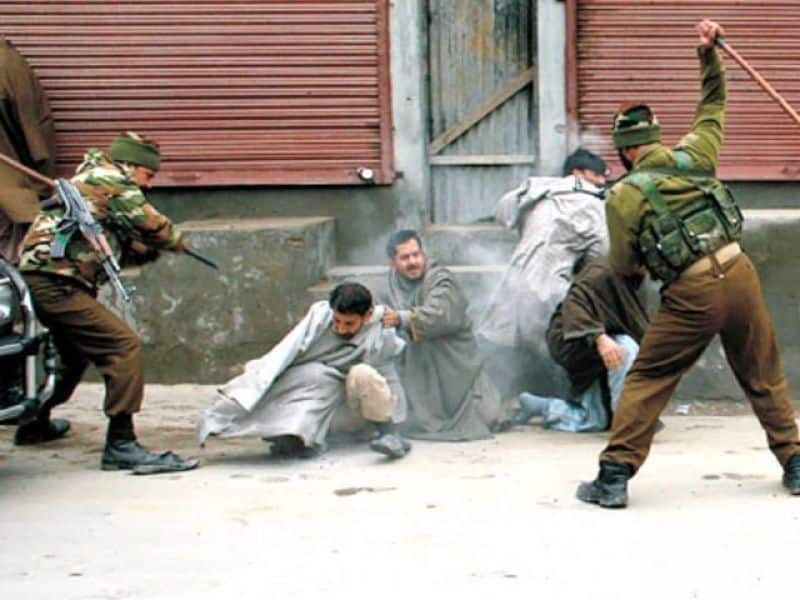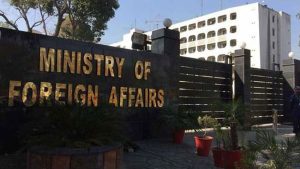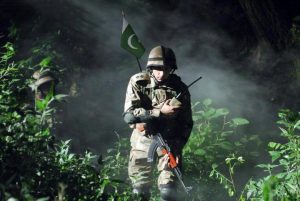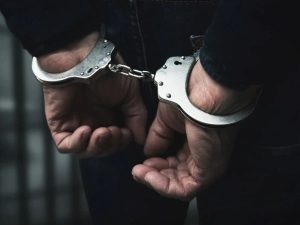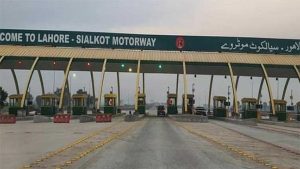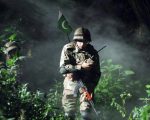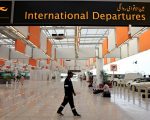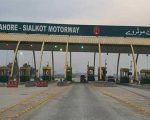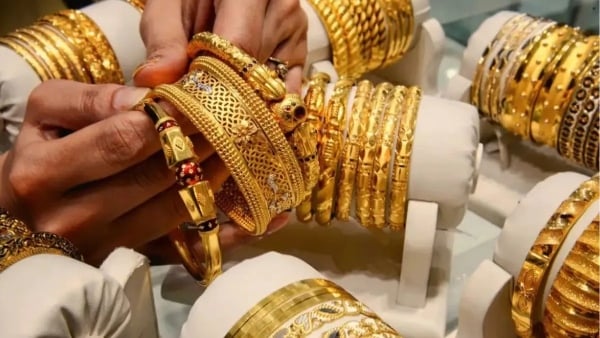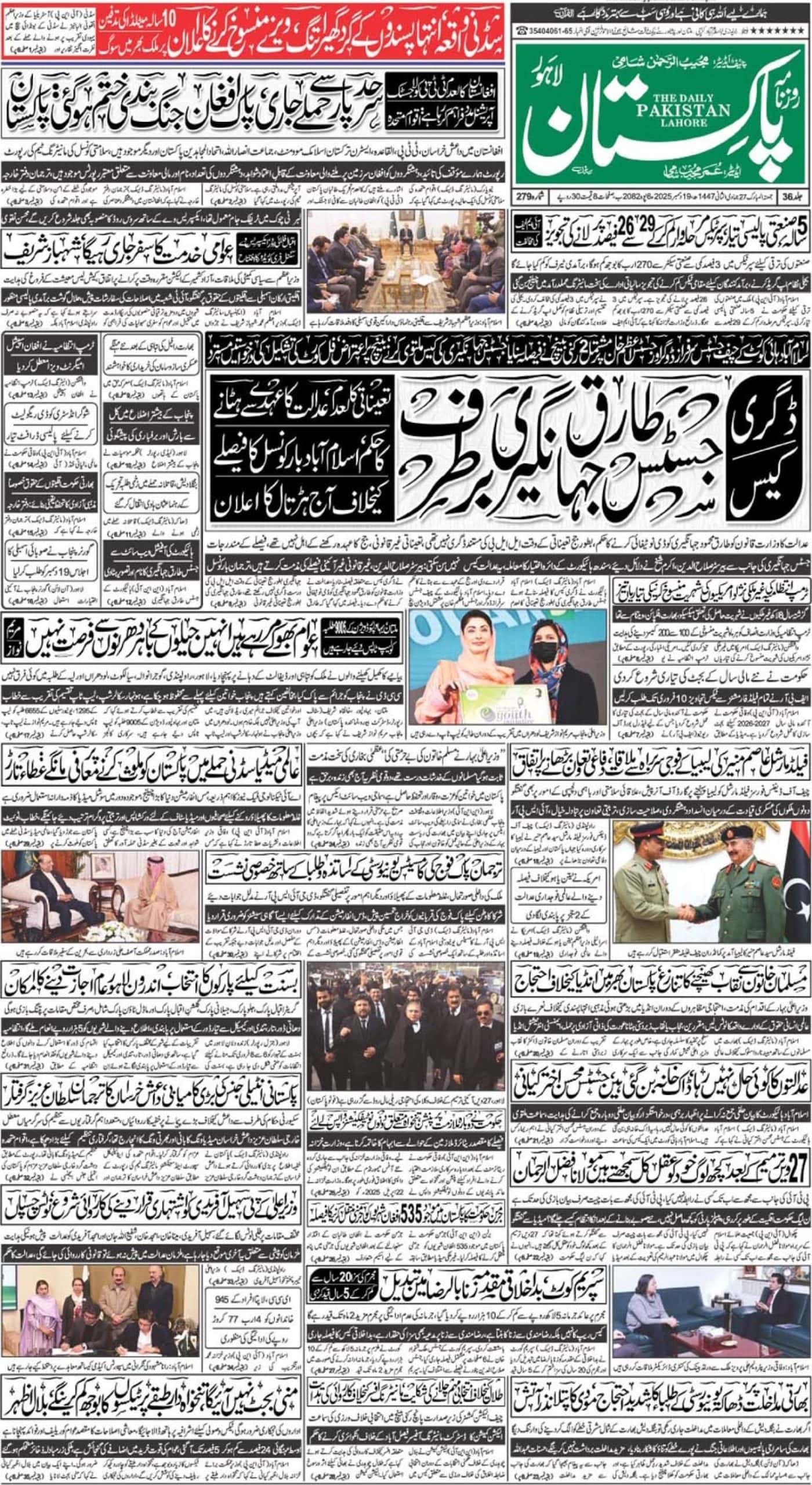SRINAGAR – A 20-year-old youth was killed and more than 150 injured when Indian occupation forces fired pellets on protestors in south Kashmir’s Anantnag on Tuesday morning.
During the past 60 days, the number of injured by the brute force used by Indian troops has risen to ten thousands. Over 90 people have been martyred during the period.
In Srinagar, a 14-year-old boy, injured on Sunday, succumbed in a hospital.
Naseer Ahmad Bhat (20), a resident of Seer Hamdan village in south Kashmir’s Anantnag district was killed when police and paramilitary force fired pellets on protestors in his native village.
Villagers said that a team of police and paramilitary forces tried to raid the village to arrest some people but that was foiled by the volunteers who were on night vigil.
When the villagers came out to protest against the raid, police and paramilitary forces again fired pellets on them resulting in killing of Bhat. Eyewitnesses said he was hit by the pellets in his chest.
Day 59: Indian forces plan to use chilli-based shells to suppress Kashmir unrest
A woman, who according to the villagers, was hit in her head by the police and paramilitary forces is critical and has been rushed to Srinagar, the Indian media reported.
The fresh killing, which has triggered more protests in south Kashmir, comes day after Indian forces randomly fired pellets on pro-freedom rallies and protest demonstrations in the Kashmir Valley injuring hundreds of people including women.
India Home Minister Rajnath Singh said Monday that the forces would use chilli-based shells instead of pellet guns to quell protests in Held Kashmir.
The Indian government has been coming under growing pressure over the level of casualties in Kashmir during protests against Indian rule since the death of a popular rebel leader Burhan Wani on July 8 in a gunbattle with soldiers.
‘No to Indian aggression’
Home Minister Rajnath Singh on Tuesday briefed Prime Minister Narendra Modi on the situation in Kashmir after returning from a two-day visit to the held valley. Kashmiris in large number Monday took to the streets in Srinagar, Bandipora, Baramulla, Gandarbal, Pulwama, Shopian, Islamabad, Kupwara, Badgam and Kulgam districts to convey to the visiting Indian parliamentary delegation that Kashmiris were not ready to accept any solution to the Kashmir dispute within the framework of Indian constitution.
Besides the Hurriyet leadership, the Panun Kashmir, an organisation of migrant Kashmiri Pandits, also refused to meet the visiting delegation, Kashmir Media Service reported.
The minister, in an hour-long meeting, apprised Modi of the ground situation that was assessed by the all-party delegation, which visited Srinagar and Jammu on September 4 and 5.
“Briefed the Prime Minister on all-party delegation’s visit to J&K and also apprised him of the situation in the State,” Mr. Singh said in a tweet after the meeting at the Prime Minster’s residence.
Chili-based pallets
Speaking on his visit on Monday, Singh said an expert panel had recommended the use of Pelargonic Acid Vanillylamide (PAVA) shells as an alternative to the mainly lead-based pellets.
PAVA, also called Nonivamide, is present in chillis and is commonly used to make pepper spray. The pellet guns are meant to minimize fatalities in protests although the law gives the armed forces a relatively free hand to use lethal force, especially against suspected militants.
But although they rarely result in deaths, the birdshot from the pellets can often blind victims if the fragments hit them in the eye.
Hospitals say they have treated around 600 patients with eye injuries in the last two months, many of whom will never recover full vision.
Authorities lifted a curfew in most parts of the territory late last month, but schools, shops and many banks remain closed while residents struggle with a communications blackout.
Kashmir has been divided between India and Pakistan since the two gained independence from British rule in 1947. Both claim the territory in full.
While Kashmiris who have for decades fought around 500,000 Indian soldiers deployed in the territory, demand independence for the region or its merger with Muslim majority Pakistan.

